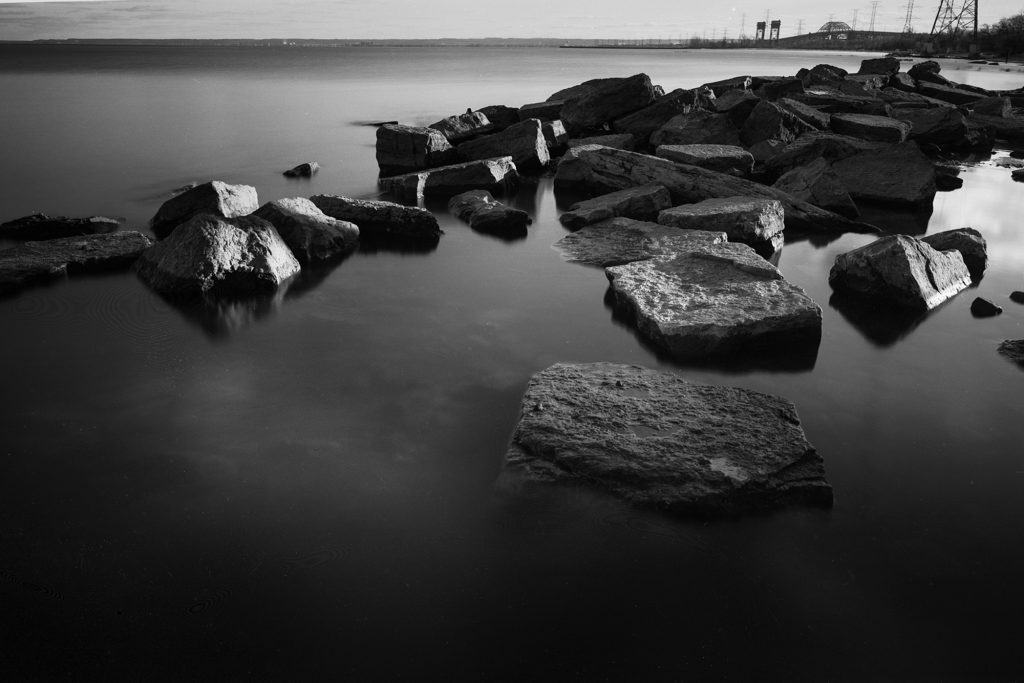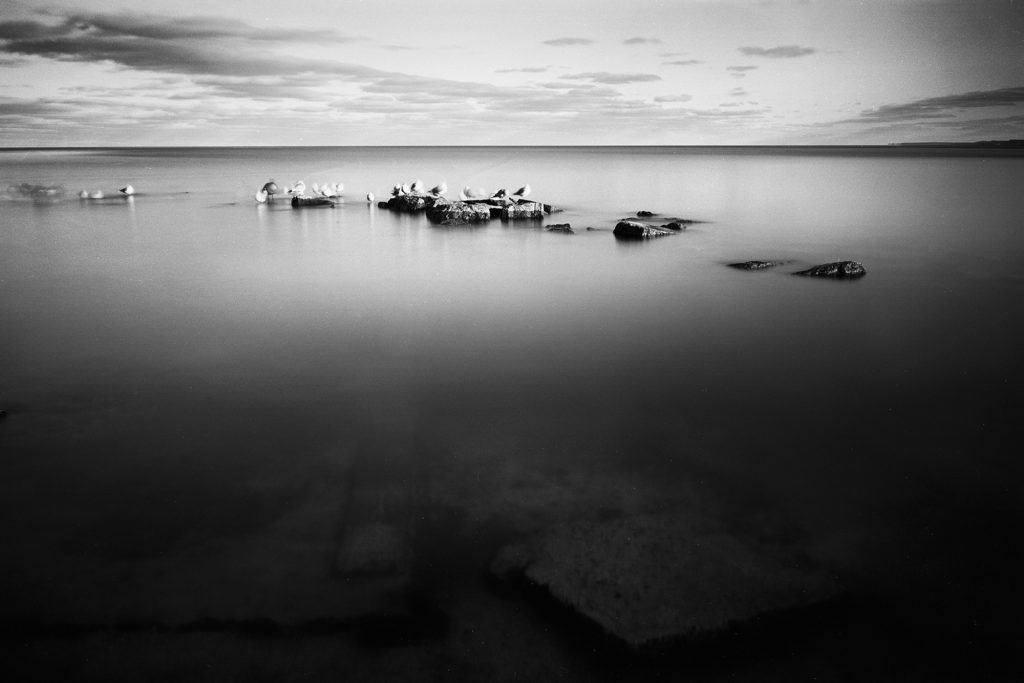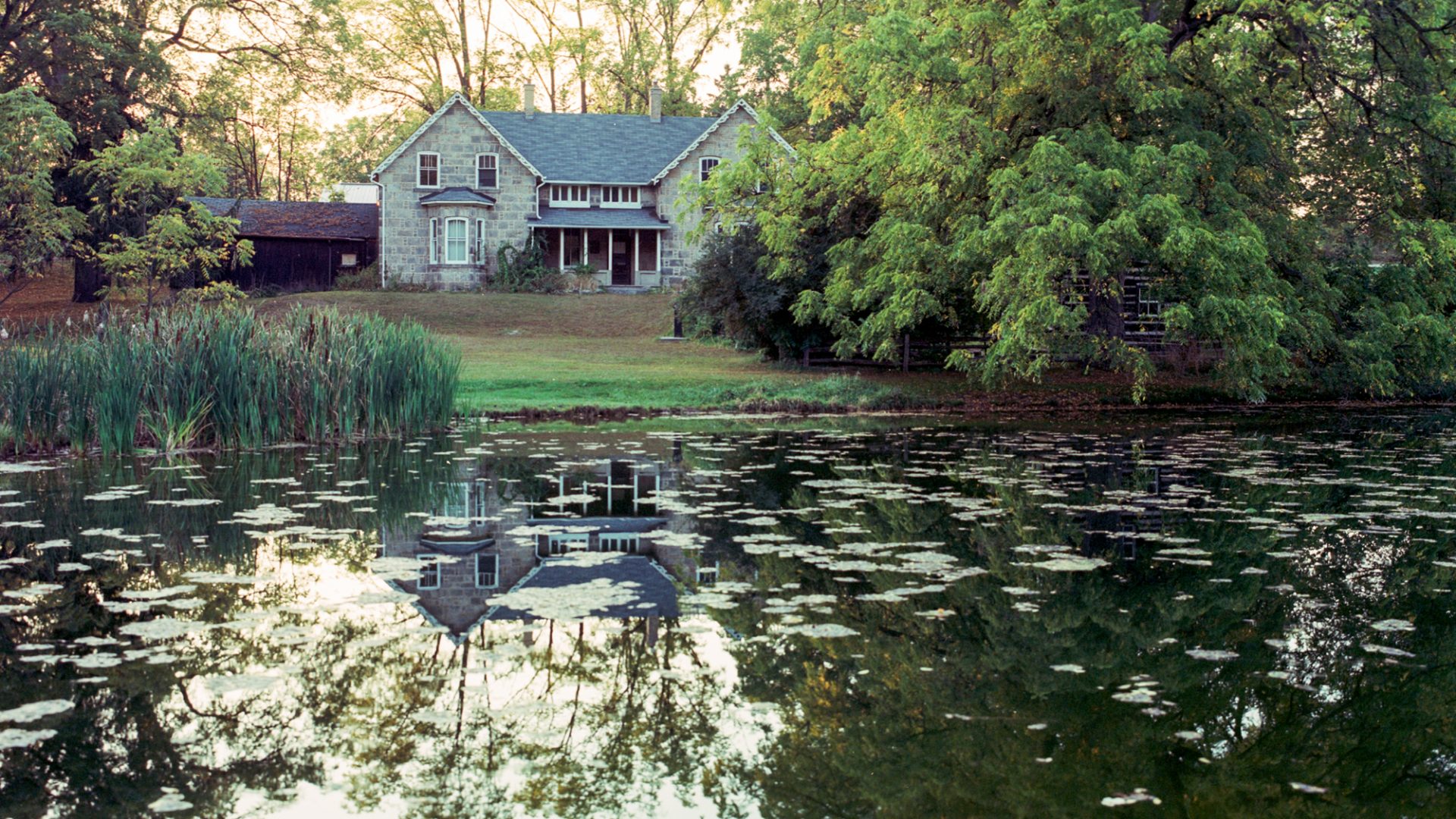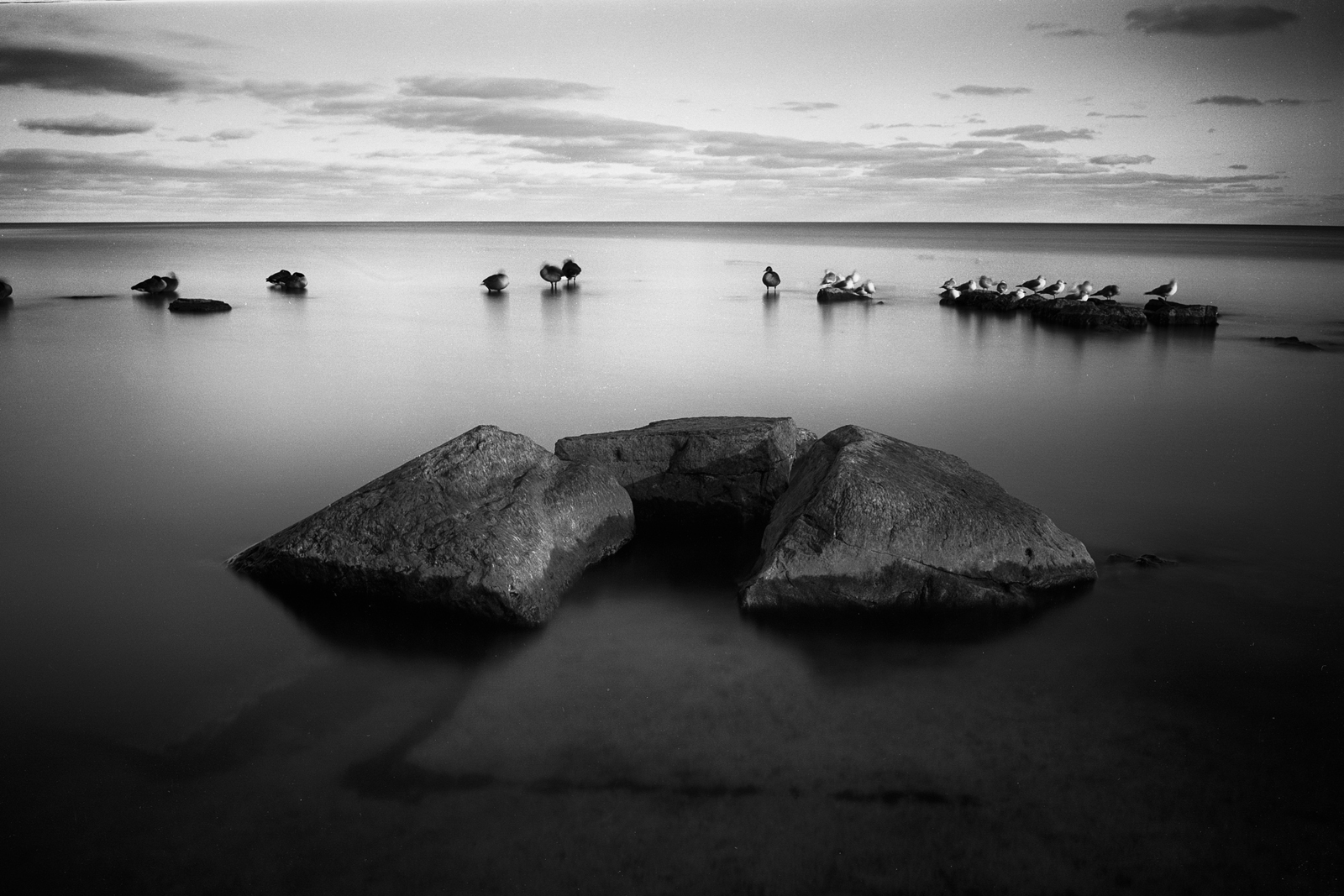Have you tried long exposure photography? Do you ant to create some mystery, drama and an ethereal feel to your images? When shooting film we need to consider reciprocity failure.
When we first learn about photography, we’re taught to control camera shake and to use the fastest shutter speeds available to create sharp images. Later on, we add motion blur, and use techniques like panning to add a sense of movement or dynamic feel to our images. Long exposure photography is a great way to explore adding a soft ethereal feel to your images.
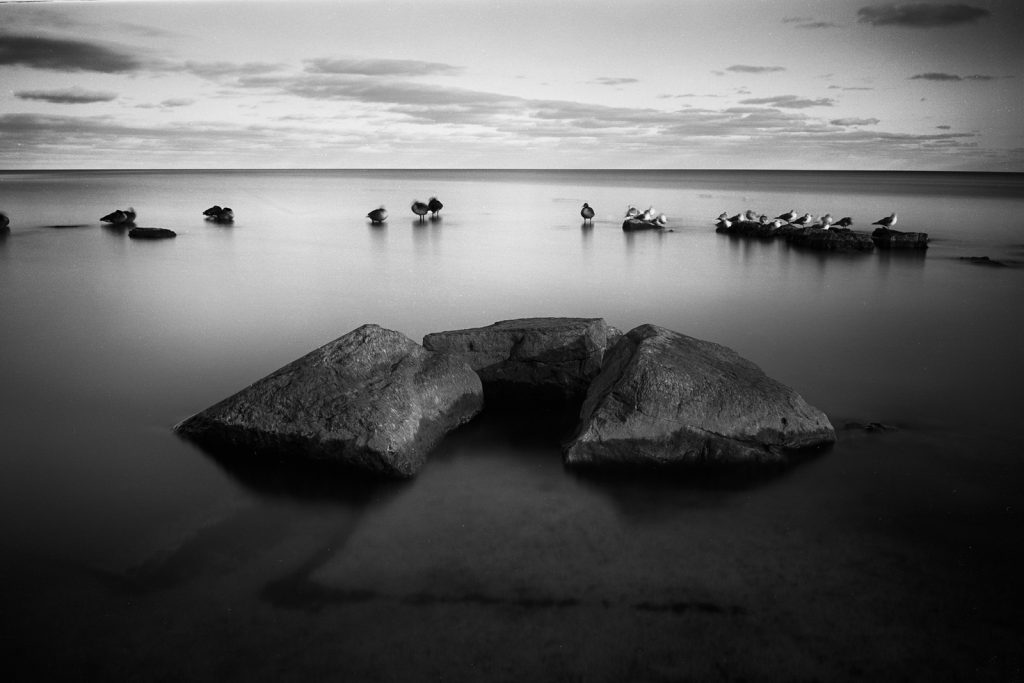
Reciprocity Failure
I’m not going to write a dissertation on reciprocity failure. If you want to learn more Google is your friend.
If you’ve been shooting film for a while, you might be familiar with “reciprocity”. Reciprocity failure is when film loses its sensitivity at longer exposures (usually longer than 1 second). As a result, your image is underexposed. You need to increase exposure time to adjust for the film’s loss of sensitivity.
I purposely chose Fuji Acros 100 (the original formula) because of it’s zero reciprocity failure characteristics. This meant I did not have to make any compensating calculations and increase my exposure time exponentially.
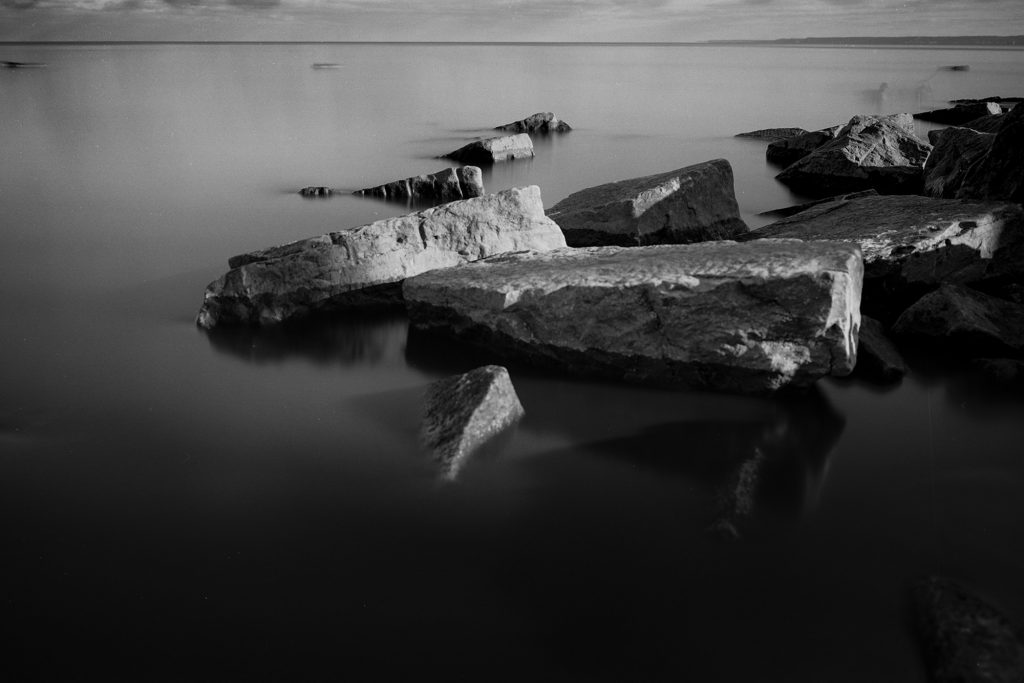
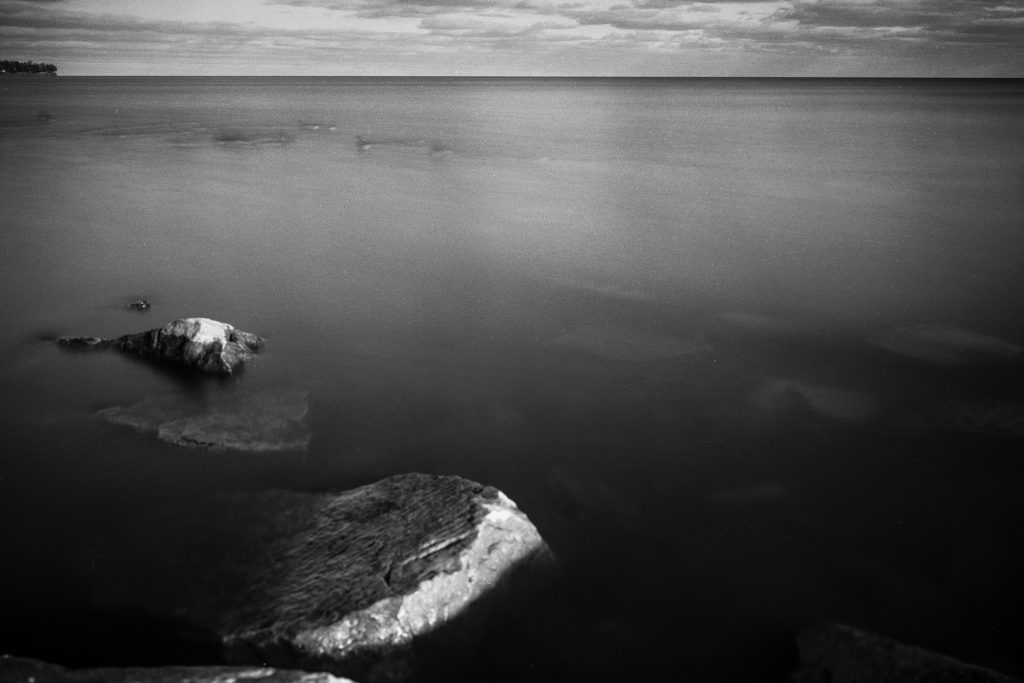
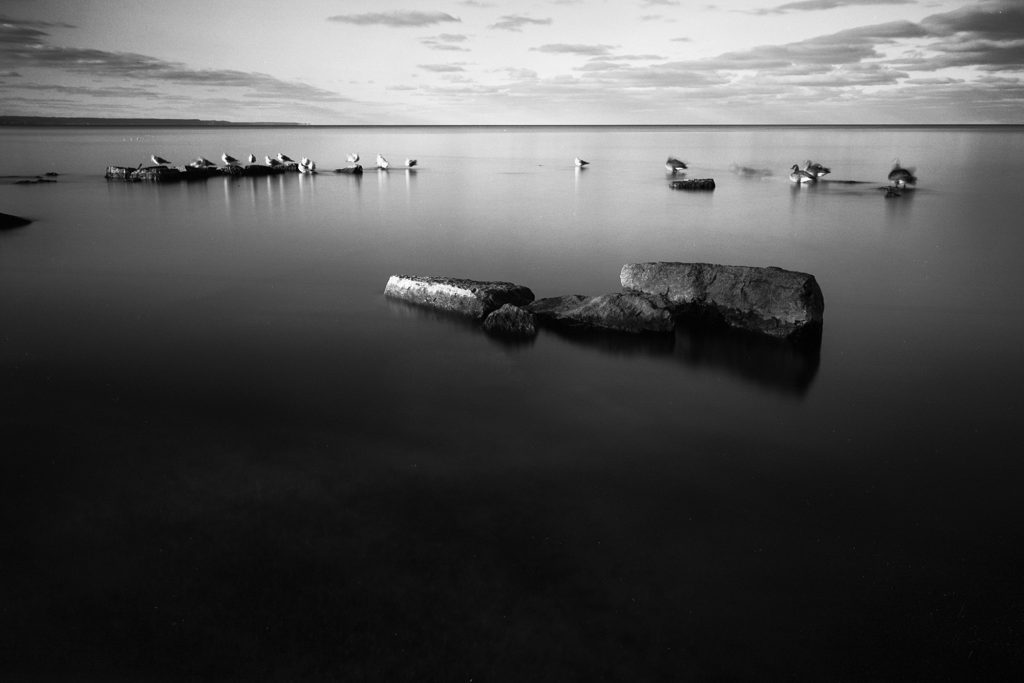
Confused Yet?
There a number of reciprocity Apps available. All films have their own reciprocity failure characteristics. There are several apps available to help you calculate reciprocity available on the web. These apps are a great tool to have that information handy. You could also refer to the film manufacturers data sheets or websites to see their reciprocity failure times.
The Magic Bullet?
Fuji Acros (the original stuff) is my favorite film for long exposures. Acros is not affected by reciprocity failure for exposures less than 2 minutes. I haven’t tested reciprocity on the new Acros yet.
Did You Leave the G.A.S. On? – Here’s What You’ll Need
There are really only three pieces (and a possible fourth) of equipment that are absolutely necessary:
- A film camera with a “bulb” setting.
- A tripod.
- Shutter Release Cable/Remote.
The 10 Stop ND
A 10 stop ND filter blocks light by 10 stops of light. It allows you shoot long exposures during daylight hours. I use the Lee Filters 10 stop “Big Stopper”. I recommend starting with a +10 ND filter.
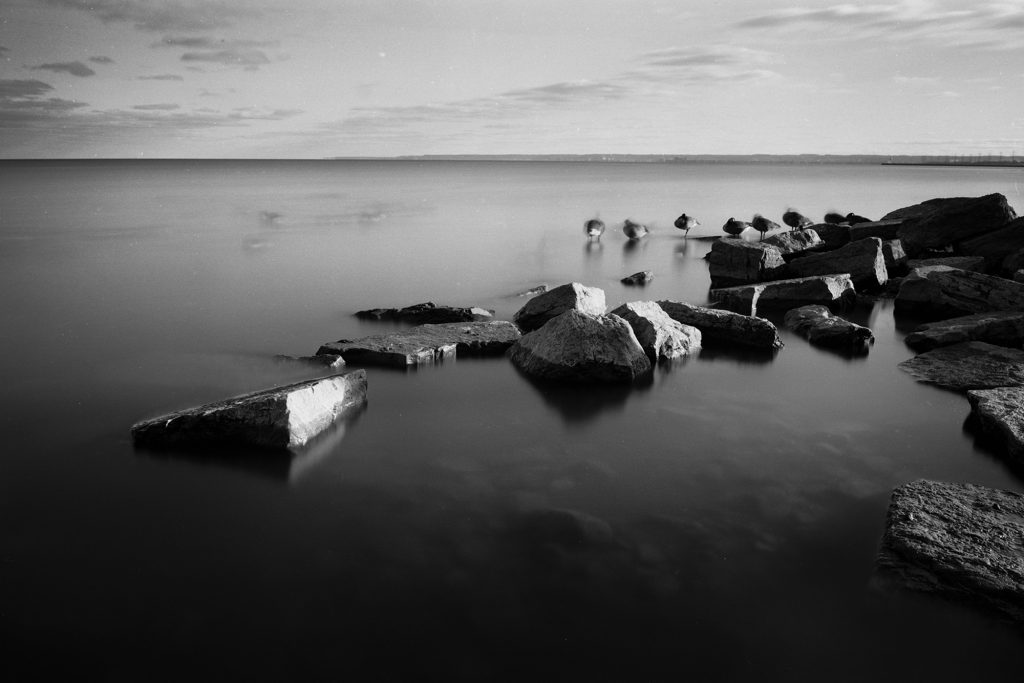
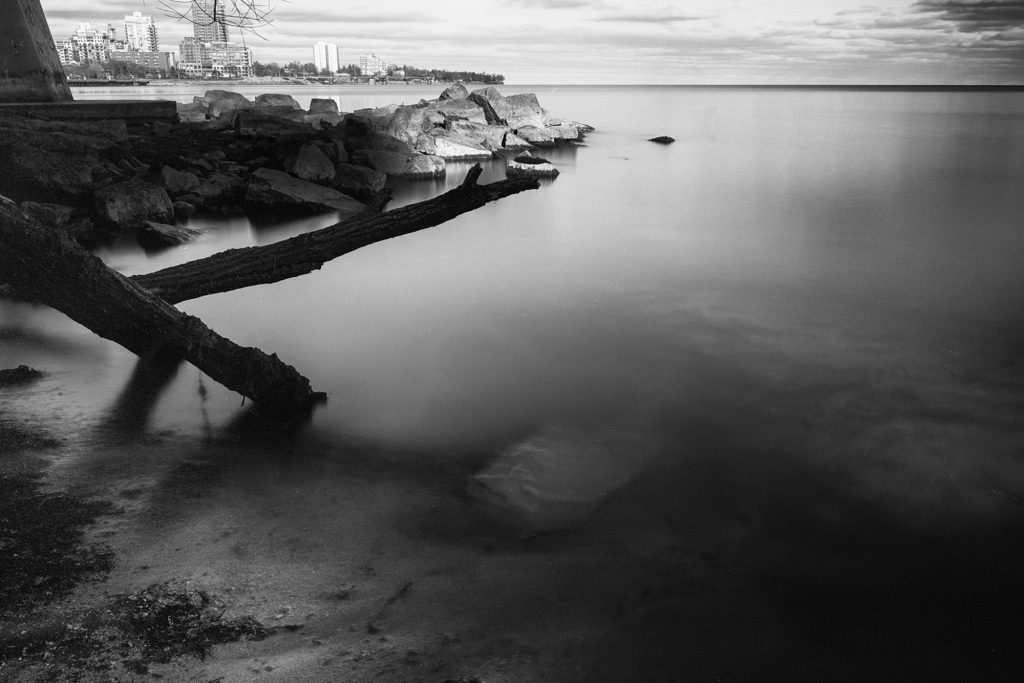
Tips & Tricks for Long Exposure Images
Movement and Stability!
- An element of constant movement such as water, clouds, blowing trees, grass or people.
- A strong, stable and unmoving subject, a tower, rocks, a building.
The combo of the two elements are required to see the full drama of long exposures!
Now just get out there and have some fun!
